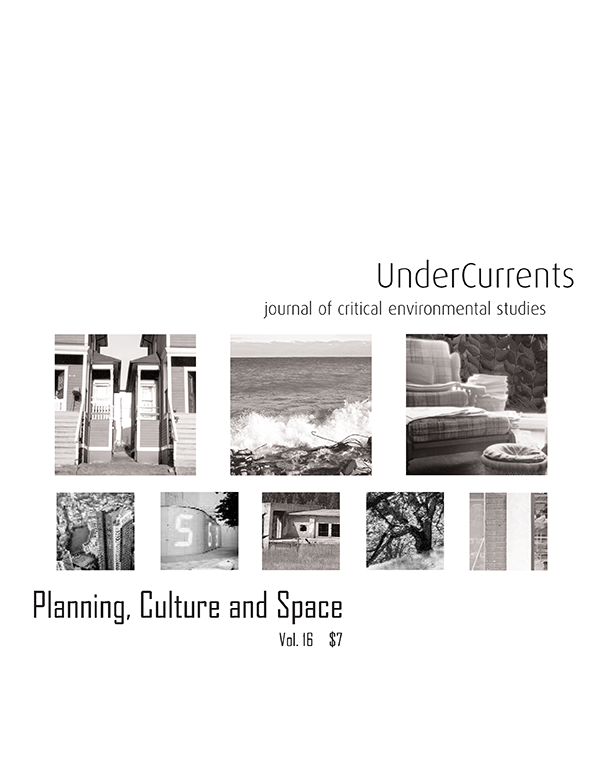Unresolved Legacies
Aboriginal Food Production Landscapes, Ecosystem Recovery Strategies & Land Use Planning for Conservation of the Garry Oak Ecosystems in South-Western British Columbia
DOI:
https://doi.org/10.25071/2292-4736/40355Abstract
In Canada, aboriginal legacies in landscapes and their implications for land use planning for biodiversity conservation remain poorly acknowledged. Similarly, inter-cultural conversations on values about and priorities for biological resources and habitat protection remain under-developed. This essay begins with a rhetorical question. Will it be possible to forge successful ecosystem recovery strategies, to maintain all elements of local biological diversity through land use planning, without far deeper cognizance of the aboriginal legacies in Canadian landscapes? I do not think so. This discussion, from the drier enclaves on the south coast of British Columbia, centres on a federally funded ecosystem recovery team in the first four years of its operation from 1999 to 2003 and the near total lack of outreach to, and engagement with, aboriginal people and First Nations. These were the same years as the final phase of development of Canada’s relatively weak Species At Risk Act (SARA).2
Published
How to Cite
Issue
Section
License
Copyright (c) 2007 Gordon Brent IngramCreators retain copyright for all writings and artwork published in UnderCurrents. New material published as of Volume 21 (2022) is available under a Creative Commons Attribution 4.0 International License (CC-BY 4.0).


